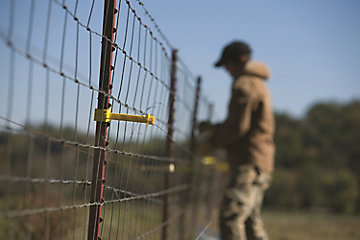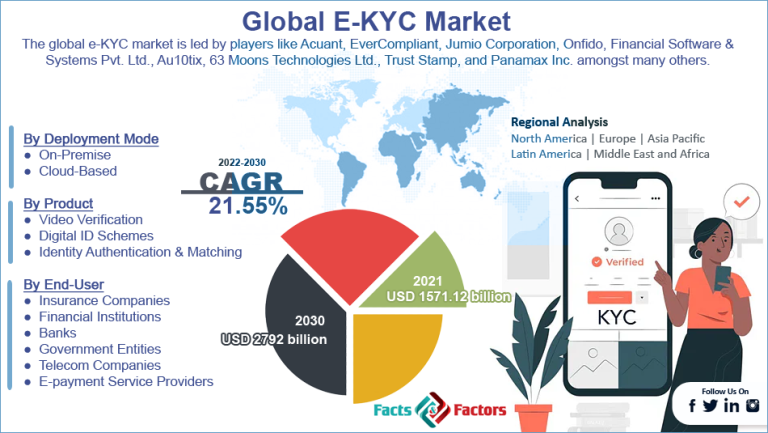Webinar Step-by-Step Guide and Checklist
Webinars are a popular and effective way for businesses to reach a large audience and share information about their products and services. Most businesses use webinar services to host different types of webinars. In this blog, we’ll provide a step-by-step guide and checklist to help you plan, host, and promote a successful webinar.
Step 1: Define your webinar goals
Before you start planning your webinar, it’s important to know what you want to achieve. Ask yourself the following questions to define your goals:
- Who is your target audience?
- What information do you want to share with your audience?
- What action do you want your audience to take after the webinar?
- What is your budget for the webinar?
Step 2: Choose a webinar platform
Once you have defined your goals, the next step is to choose a webinar platform that suits your needs. There are many webinar platforms available, such as Zoom, GoToWebinar, and Webex, among others. Consider factors such as cost, features, ease of use, compatibility with your device, and internet speed.
Step 3: Plan your webinar content
The content of your webinar is the most important aspect of your event. To make sure you cover all the important information, create a detailed outline and include slides, videos, and interactive elements such as polls and quizzes.
Step 4: Promote your webinar
The next step is to promote your webinar to your target audience. There are several ways to do this, including
- Email marketing: Send an email to your subscribers to promote your webinar and provide them with all the necessary information, such as date, time, and registration link.
- Social media: Use social media platforms like Facebook, Twitter, and LinkedIn to promote your webinar and engage with your followers.
- Paid advertising: Consider using paid advertising, such as Facebook ads or Google AdWords, to reach a larger audience and drive more registrations.
Step 5: Host your webinar
Before hosting your webinar through webinar hosting platforms, make sure to test your equipment and internet connection to ensure that everything is working properly. During the webinar, engage with your audience by asking questions and encouraging them to participate.
Step 6: Follow up with your audience
After the webinar, it’s important to follow up with your audience. You can do this by sending an email with a summary of the key points covered during the webinar and a link to the recording. You can also encourage your audience to take further action, such as downloading a free guide or signing up for a trial.
Step 7: Create a landing page
Create a landing page for your webinar that includes all the important information such as date, time, registration link, and a brief overview of the topics that will be covered. This page should be easy to navigate and provide a clear call to action for attendees to register.
Step 8: Set up registration and email reminders
Make it easy for attendees to register for your webinar by setting up a simple registration process. Use an email service provider to send automated email reminders to registered attendees leading up to the event. Webinar services can help you to send automated reminders.
Step 9: Prepare for the Q&A session
Include a Q&A session at the end of your webinar to give attendees the opportunity to ask questions. You can include Q&A sessions with the help of a webinar hosting platform. Prepare answers to common questions beforehand and have a backup plan in case the technology fails during the Q&A.
Step 10: Record the webinar
Record your webinar so that you can share it with those who were unable to attend or use it as a future marketing tool. Be sure to get consent from your attendees before recording and make the recording available to them after the event.
Step 11: Evaluate and measure success
After the webinar, take time to evaluate its success. Measure key metrics such as attendance, engagement, and conversions to understand what worked well and what could be improved for future webinars.
Step 12: Choose the right time and date
Choose a date and time for your webinar that is convenient for your target audience. Consider factors such as time zone differences, work schedules, and other potential conflicts when selecting the date and time.
Step 13: Offer incentives for attendance
Offer incentives to encourage attendees to join the webinar and to keep them engaged throughout. Examples of incentives include discounts, free resources, and exclusive content.
Step 14: Plan for technical issues
No matter how well you plan, technical issues can always arise during a webinar. Have a backup plan in place, such as a backup speaker or a backup presentation, in case of technical difficulties.
Step 15: Engage with attendees throughout the webinar
Keep attendees engaged throughout the webinar by using interactive elements such as polls, quizzes, and live Q&A sessions. Encourage attendees to participate and provide feedback.
Step 16: Provide follow-up resources
After the webinar, provide attendees with follow-up resources, such as a recording of the webinar, slides, and additional information related to the topics covered. This helps reinforce the information learned during the webinar and provides additional value to attendees. best Webinar platform can help you to connect with your audience after the webinar.
Webinar Checklist
To make sure you cover all the important aspects of your webinar, use the following checklist:
Here is the updated checklist:
Define your webinar goals
Choose a webinar platform
Plan your webinar content
Create a landing page
Set up registration and email reminders
Choose the right time and date
Offer incentives for attendance
Promote your webinar
Plan for technical issues
Prepare for the Q&A session
Test your equipment and internet connection
Host your webinar
Engage with attendees throughout the webinar
Record the webinar
Provide follow-up resources
Follow-up with your audience
Evaluate and measure success
By following these additional steps, you will have a comprehensive plan in place to host a successful and impactful webinar.
In conclusion, hosting a successful webinar requires careful planning, promotion, and follow-up. By following these steps and using the checklist provided, you’ll be able to reach your target audience and achieve your goals with your webinar. Good luck!






